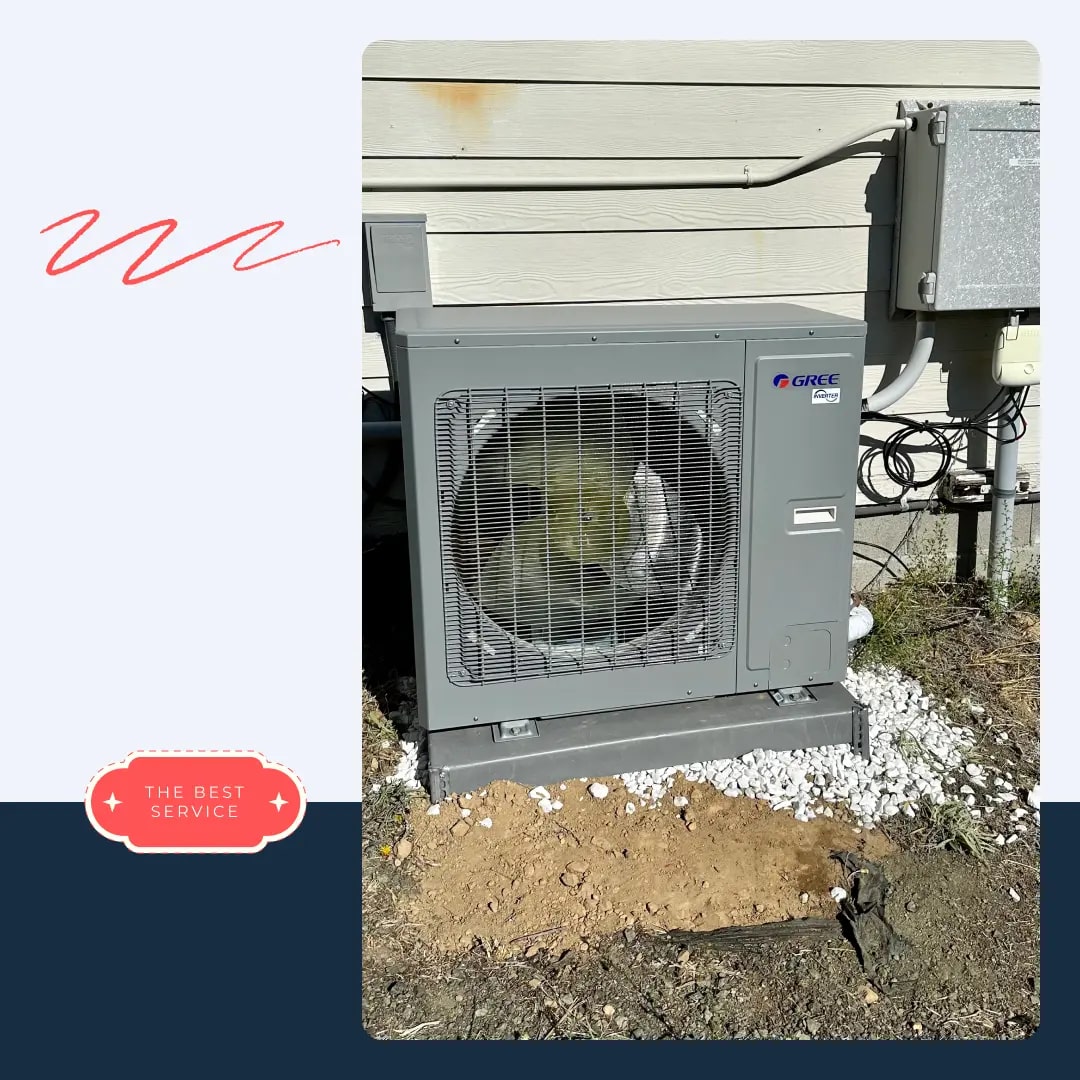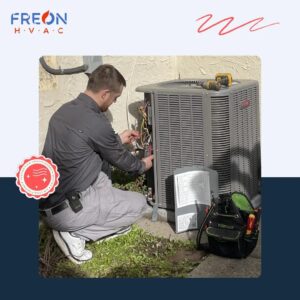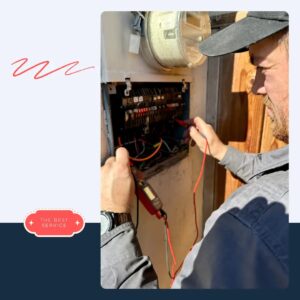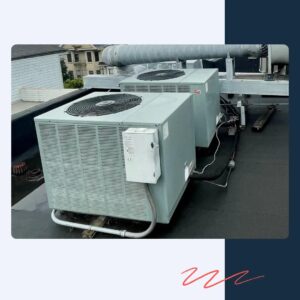Features of Mitsubishi Electric HVAC Services
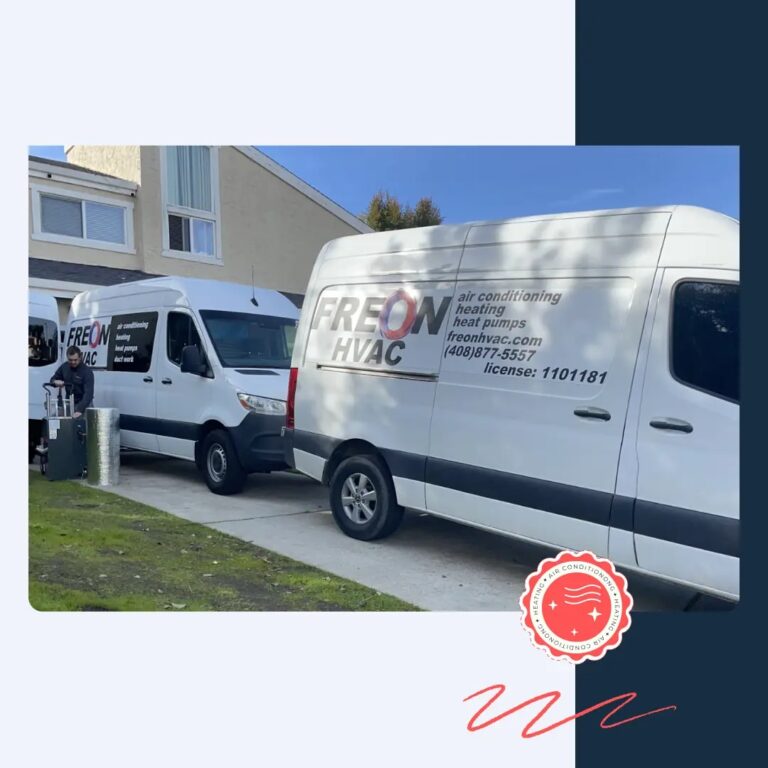
Mitsubishi Electric, especially VRF, has its unique technologies. Here you’ll find advanced inverter control, filtration, and dehumidification systems. The comfort they provide is loved in every building. For example, they reduce noise in offices. Agree, this is an important condition for better employee productivity. And the next bonus greatly pleases business owners: a reduction in energy consumption by 30–50% compared to traditional HVAC systems.
To fully enjoy these life’s pleasures, professional maintenance and specialists trained to work specifically with this brand are needed. After all, other manufacturers like Trane, Lennox, Goodman, Rheem, York, and Bryant have different technologies and system architectures. Fortunately, you have Freon Service.
Mitsubishi Commercial HVAC and How They Differ from Residential
- Primarily because their “clients” are:
- Offices
- Stores
- Restaurants
- Warehouses
- And other business spaces
How do they differ from regular homes and apartments? For example, in size.
Sure, there are homes that rival a small-town supermarket in square footage. But those are rather exceptions. In reality, if cooling is needed for multiple rooms or floors simultaneously, it’s usually a commercial need. Often, multi-zone technologies are required here, where one outdoor unit serves multiple indoor units.
- Despite most of their parts being made of metal, Mitsubishi commercial HVAC systems are quite flexible. Not in the sense that you can pick them up and bend them as you please, but in that their configuration allows integration into various architectures and the creation of complex systems. This brand offers a wide range of indoor unit types:
- Cassette
- Ducted
- Wall-mounted
- Ceiling-mounted
- They aren’t afraid of heavy work:
- Reliable components are designed for 24/7 operation and intensive use.
- Their durability is ensured by enhanced protection against wear and weather conditions.
- Mitsubishi commercial HVAC systems are incredibly smart.
- Under the wise guidance of a mentor (read: Freon Service technician), they easily integrate into “smart office” buildings and offer users advanced control systems.
- Intelligent features serve not only automation but also energy efficiency.
- This brand provides strong customer support and an advanced training course for specialists who will perform Mitsubishi HVAC repair directly on-site.
Are there any downsides to this unit?
If you think hard, you might find something. For example, Mitsubishi isn’t for “DIY fixes.” Everything follows protocol, with testers and logic. With complex service contracts. With the need for professional installation and regular maintenance.
But is that really a downside? It’s more like a guarantee of quality.
Mitsubishi Electric HVAC Services and Variable Refrigerant Flow
VRF is a technology that has long moved from the category of innovations to a priority requirement for commercial real estate.
It was first developed and implemented by Daikin in the late 1980s. Mitsubishi Electric and other major brands, including Fujitsu, Panasonic, Toshiba, and others, develop and refine their own VRF systems with unique features.
What is this technology?
- In short: It’s a concept of controlling refrigerant flow to different zones or rooms in a building with variable capacity.
- Simpler? It’s high precision and adaptability in cooling, unlike traditional fixed-capacity systems.
- Even clearer? It’s a big, bold step forward in energy efficiency and comfort.
How important is this for San Jose? The answer is below.
California Trends in Mitsubishi Electric HVAC Services
In 2025, the need for energy efficiency, sustainability, and comfort has intensified. For businesses, this means:
- If you’re doing a renovation, modernization, or even a retrofit or remodel of an entire building, VRF is not only a smart choice but often a necessity in terms of Title 24 and SEER2 regulations.
- These systems are designed for intensive use—15–20 years without major issues.
- Mitsubishi is a brand with an excellent reputation. This is important for commercial clients who don’t want frequent repairs and downtime.
Additionally, local building and environmental regulations increasingly require the installation of energy-efficient systems. By our rough estimates, 15–20% of new commercial installations in California each year are VRF systems.
Why?
The key advantages of such Mitsubishi commercial HVAC systems are undeniable:
- Energy efficiency & savings—due to minimal heat/cold loss.
- Zonal control—comfort tailored to individual preferences.
- Flexibility—for any type of property: from offices and restaurants to schools and hotels.
- Smart technology integration—control via cloud applications and BMS systems.
- Eco-friendliness and compliance with California’s new environmental regulations and federal requirements.
- Investments in energy-efficient equipment pay off quickly through reduced bills and tax incentives.
Let’s look at how this works in specific examples from our practice.
Mitsubishi HVAC Repair: Engineering Craftsmanship
When dealing with high-tech, finely tuned units, simply “tightening a screw” isn’t enough. Work must follow protocol: with specialized equipment, electronic testers, and access to proprietary software:
- Diagnostics require expertise. Many errors aren’t obvious breakdowns but signals of pressure imbalances, heat exchange issues, or sensor failures.
- Original parts are a must. Mitsubishi recommends using only certified components, especially compressors and control boards. This affects the warranty.
- Predictable performance is a priority. Therefore, even with a minor glitch, the system may switch to safe mode or partially shut down. This prevents overheating and failure. It’s not a “breakdown” but a thoughtful self-protection mechanism.
Mitsubishi Electric Air Conditioner Troubleshooting: How Your Air Conditioner Talks to You
The system actually tells you what’s going on. You just need to know how to read the language of indicators and error codes:
- Flashing lights on the indoor unit aren’t a bug—they’re a signal. The manual usually specifies how many flashes correspond to which code.
- Weak airflow could indicate a clogged filter, but also a refrigerant leak or damper issues.
- Ice on the pipes? It’s not “freezing well” but a sign of disrupted refrigerant circulation or a faulty fan.
- System not turning on? Sometimes the reason is simple—a broken signal cable between the indoor and outdoor units. But you’ll need testers and schematics to figure it out.
When to call Mitsubishi HVAC repair specialists?
- If errors persist, even after a power reset.
- If the air conditioner heats but doesn’t cool (or vice versa)—especially in VRF mode.
- If the system turns on and off too frequently—this could indicate an issue with the inverter or temperature sensor.
Freon Service offers certified Mitsubishi HVAC repair services. Our technicians are trained through Mitsubishi’s specialized courses and know how to work with their cooling system protocols. Replaced components and performed work are also backed by a warranty.
